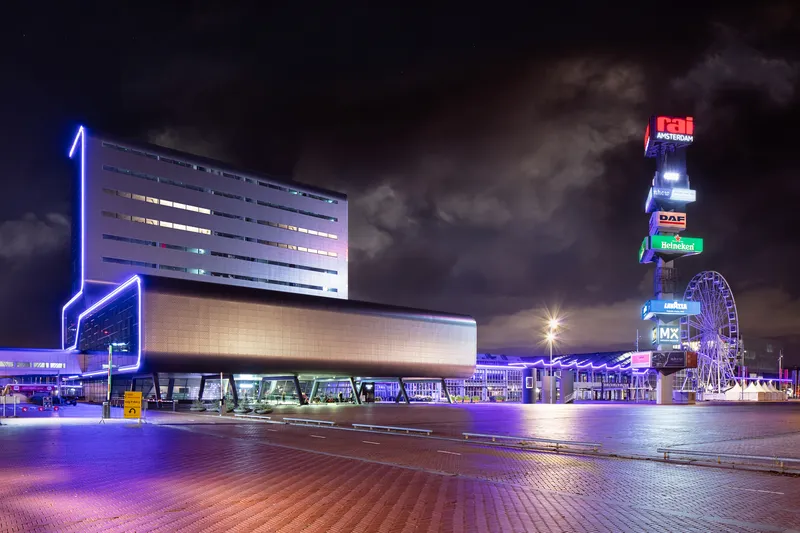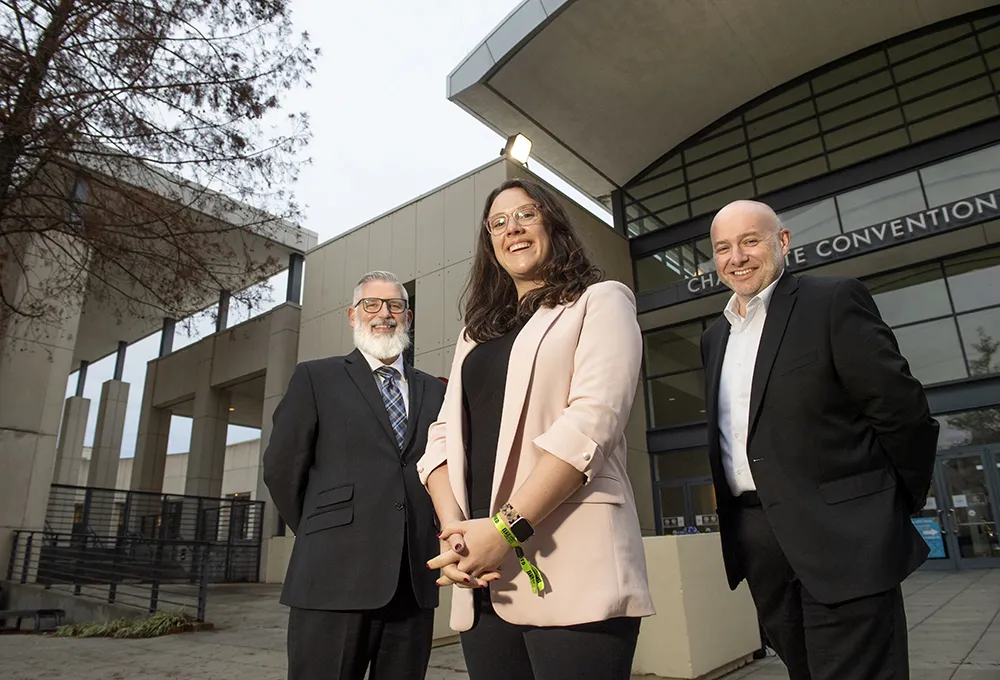An innovative pedestrian touch and sound button for signalised pedestrian crossings is being exhibited at Intertraffic, courtesy of SCAE. The company’s Tweety touch and sound button allows pedestrians to request a green light signal, including a touch sensitive switch and sound and vibration for aiding the blind and hard of sight.
April 6, 2016
Read time: 1 min

An innovative pedestrian touch and sound button for signalised pedestrian crossings is being exhibited at Intertraffic, courtesy of
The Tweety’s multicolour backlit display can show the status of the traffic light cycle for pedestrians with different tailored messages. An acoustic signal can be emitted, or alternatively a bespoke voice message can be emitted at any time in the pedestrian phase. The Tweety is available in three different colours, constructed in polycarbonate with an IP55 degree of protection.








